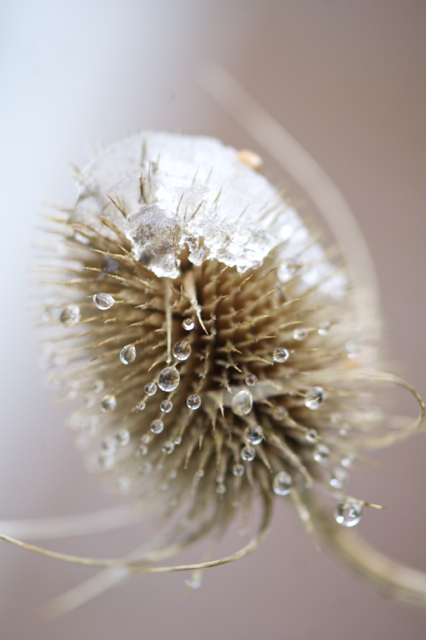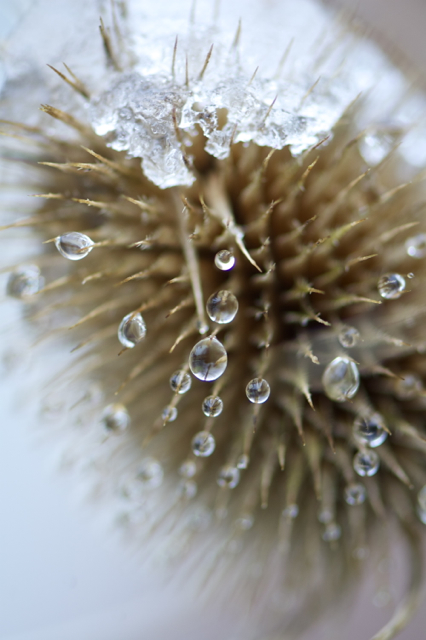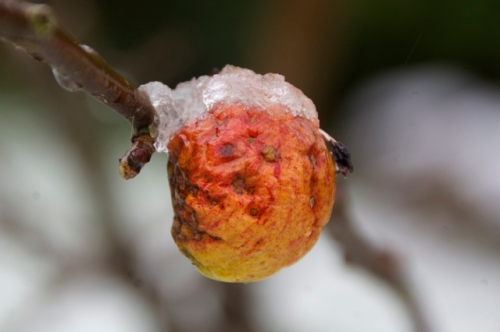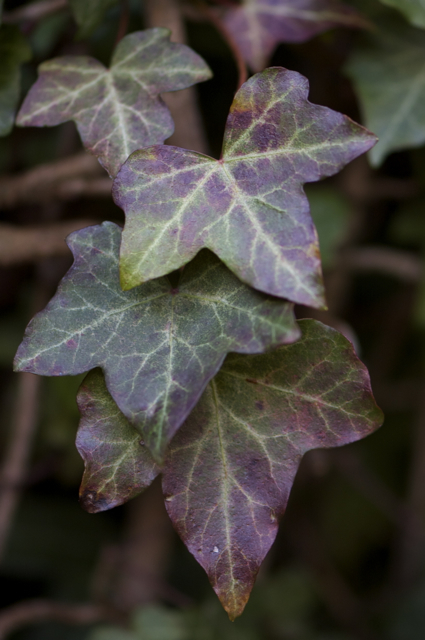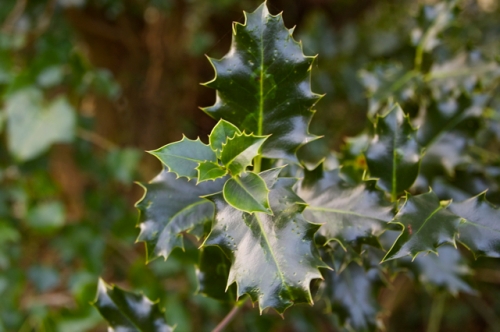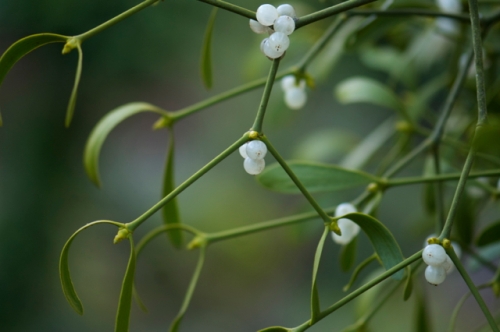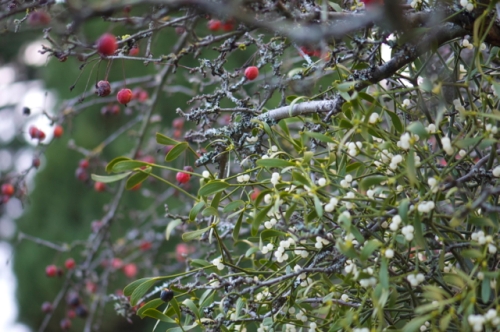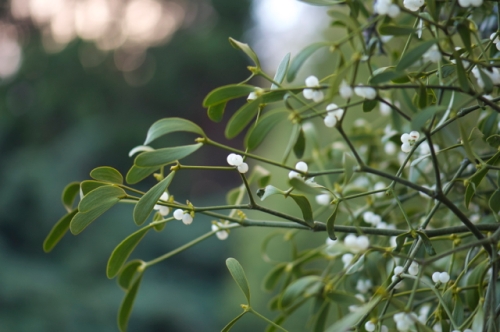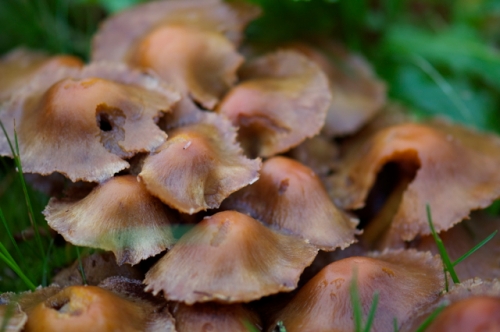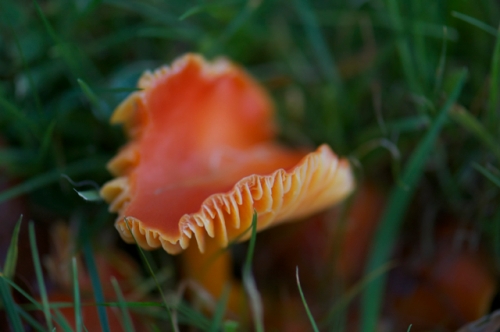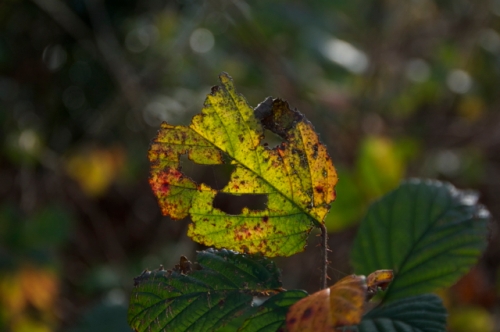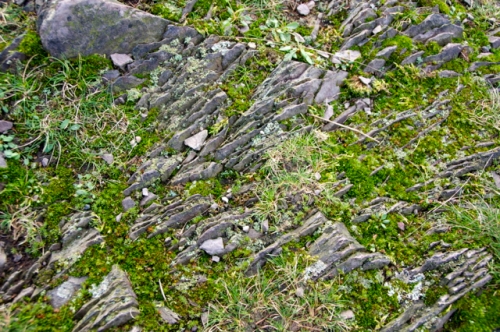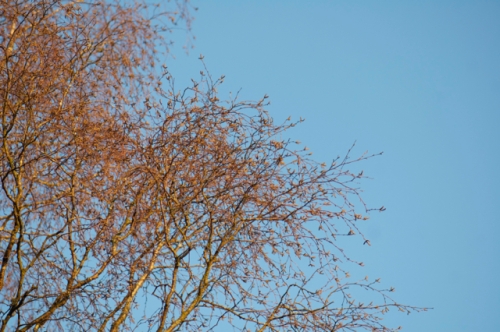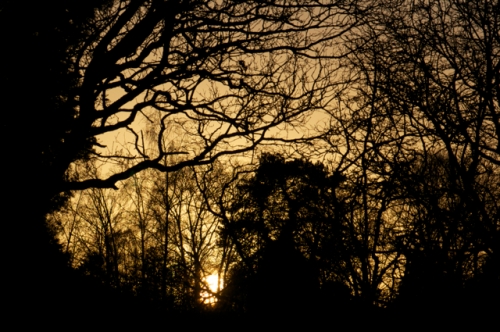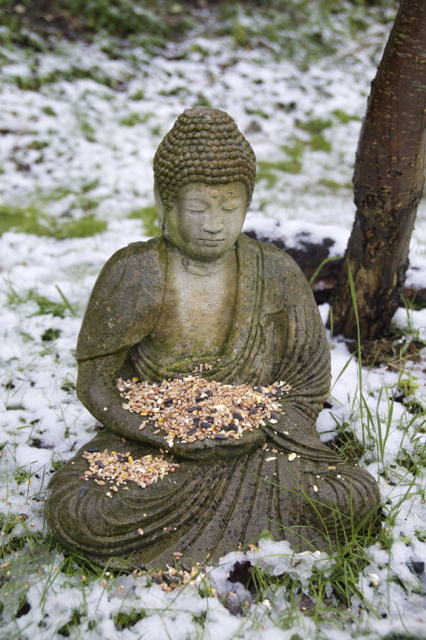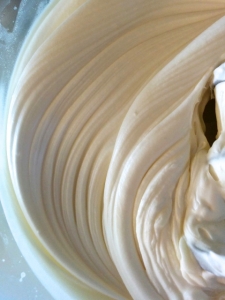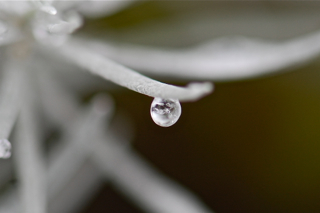The dark days of January are upon us and this feels for some people like the bleakest part of the year. The heady festivities of Christmas are over and the lights and holly boughs have been taken down. These ancient symbols speak to us of light and life during even the quietest part of the year when the days are shortest and the nights loom long. By January the days are getting longer, yet with the post-Christmas atmosphere of watching pennies and waistlines, coupled with often grey and chilly days, it can certainly seem a dreary time.
I really can’t recommend getting out into nature enough as this gives us the opportunity to notice all the gentle beauty inherent in this time of year. On bright January days the light can be exquisite. Have you ever stopped and marvelled at the golden gleam as it glances off a tree trunk and turns the moss and lichen to an almost neon glow? Even on dull days the subtle hues of mauve and blue and greyish green can be captivating when we take a moment to really look. Winter is the time to appreciate subtlety and to look for it in all the most unlikely places. These are the moments that sustain and hearten me during winter months (along with copious amounts of hot chocolate and gazing at the fire of course.)
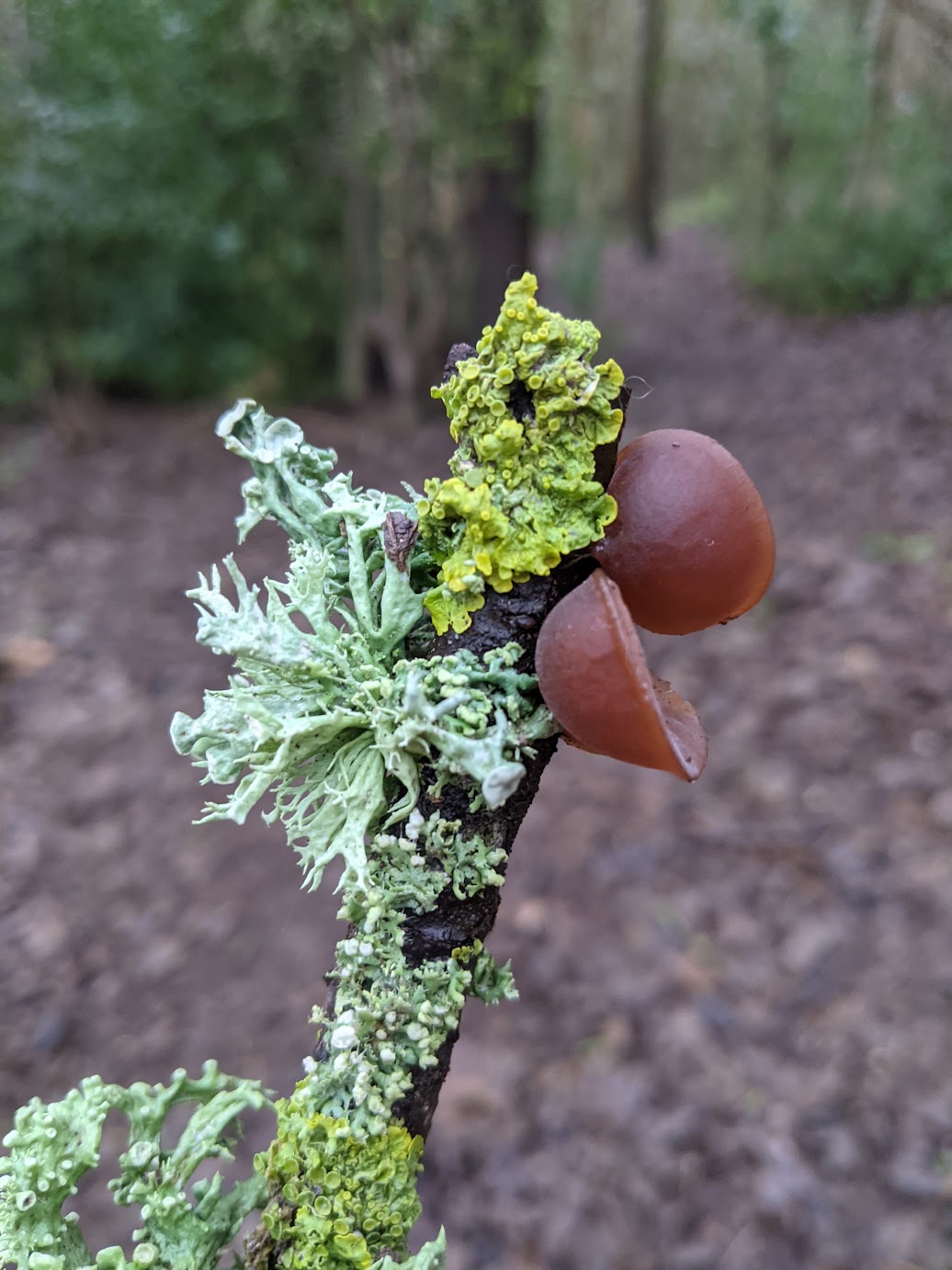
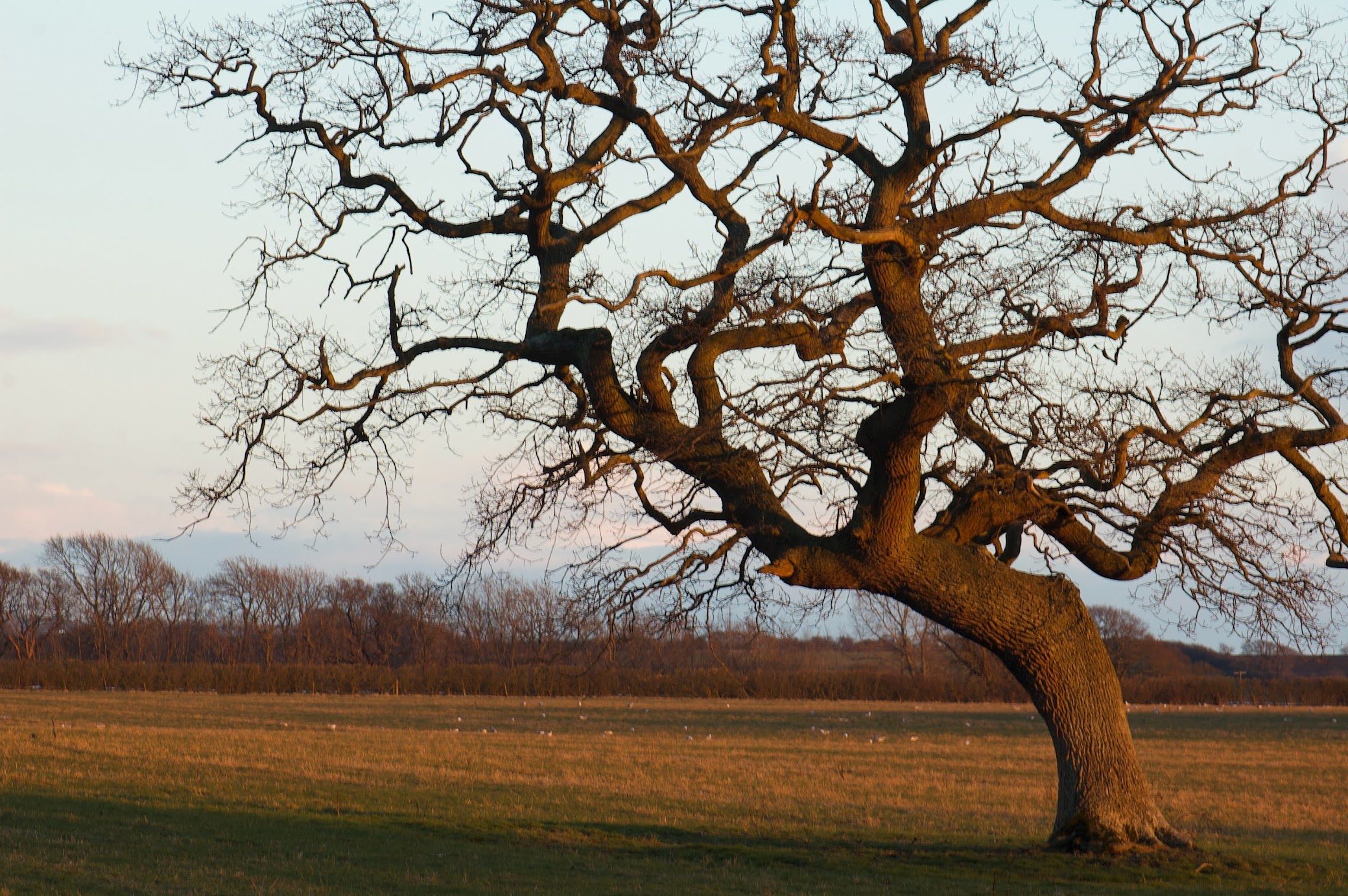
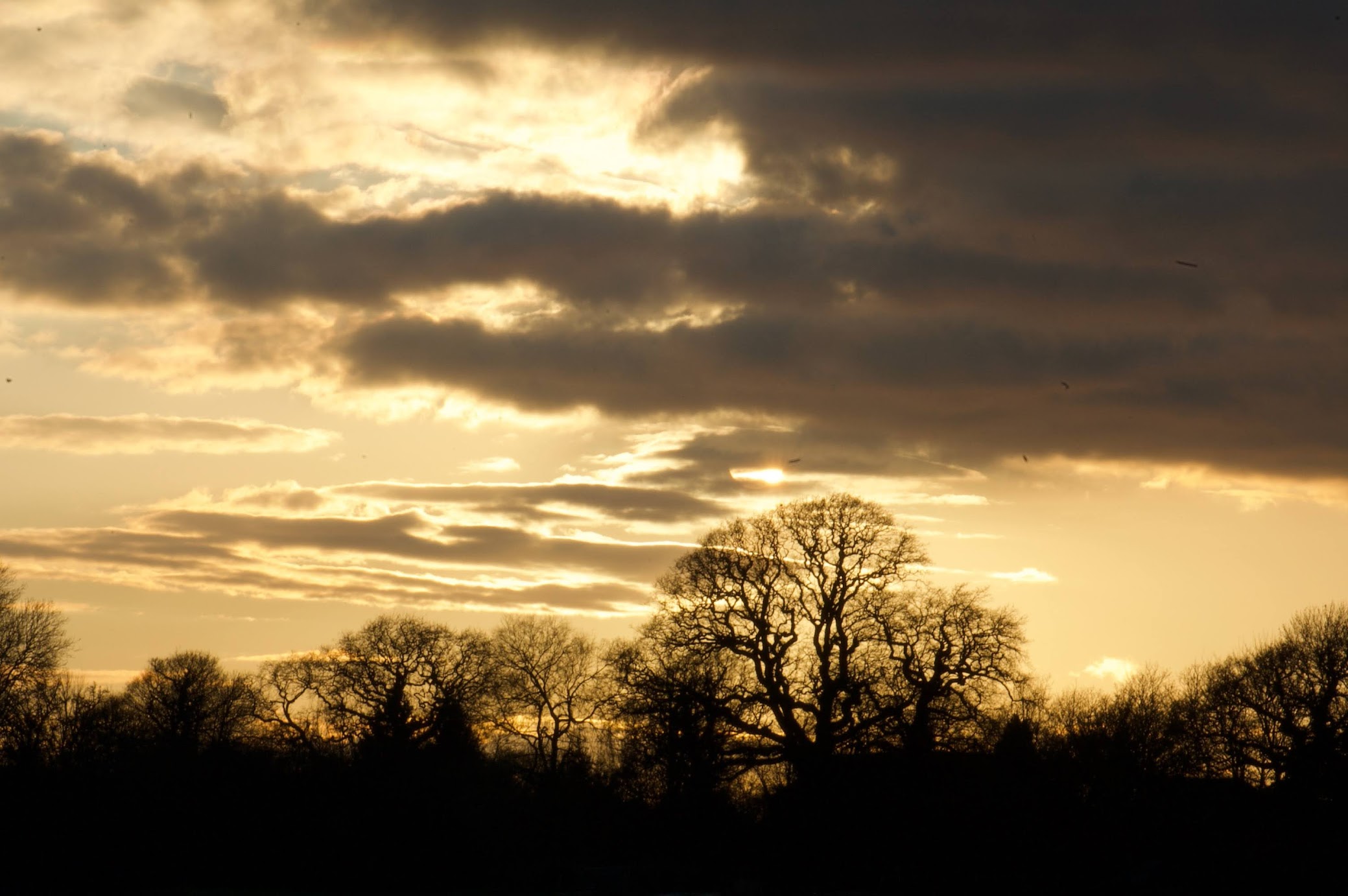

The ‘winter blues’ is a term often used to describe anything from the mild sense of malaise experienced by many at this time of year to the more severe forms of S.A.D. (Seasonal Affective Disorder). Symptoms of S.A.D. include depression, anxiety, difficulty concentrating, increased sleep and food cravings. If your symptoms are severe it is best to see a practitioner but there are many herbs that can help alleviate milder cases and gently and lovingly lift our mood when we wake to another grey day and feel less than enthused about it.
As always the simplest advice is often the best. Getting out for a walk if possible, drinking lots of water, eating a nourishing diet and getting extra rest are all our first priorities. Lots of herbs can also be of assistance though, especially when enjoyed in a meditative cup of tea. Here are a few of my favourites:
St John’s Wort is a joyful herb of mid-summer, often called ‘herbal sunshine’. This makes it ideal for banishing low moods during the winter months. (It should not be taken with a variety of prescription medications however so please see a practitioner if you are taking any.)
Lemon Balm is a beautifully aromatic herb that is both uplifting and soothing to the nervous system. It is lovely for calming anxiety and promoting a good night’s sleep and also helps to support the digestion.
Rosemary has a host of important properties making it a great herb to include in teas at this time of year. It boosts circulation, supports the liver, improves digestion and is warming and energizing whilst still helping to balance the nervous system. Try it in tea with lemon balm, which makes a lovely combination.
Milky oat seed tincture is a lovely, gentle yet effective remedy particularly suited to those suffering from anxiety and exhaustion. It helps to sooth the nervous system and is very restorative.
Reishi mushroom has an incredible array of benefits which really require a post of their own but include calming anxiety, boosting immunity and improving clarity,

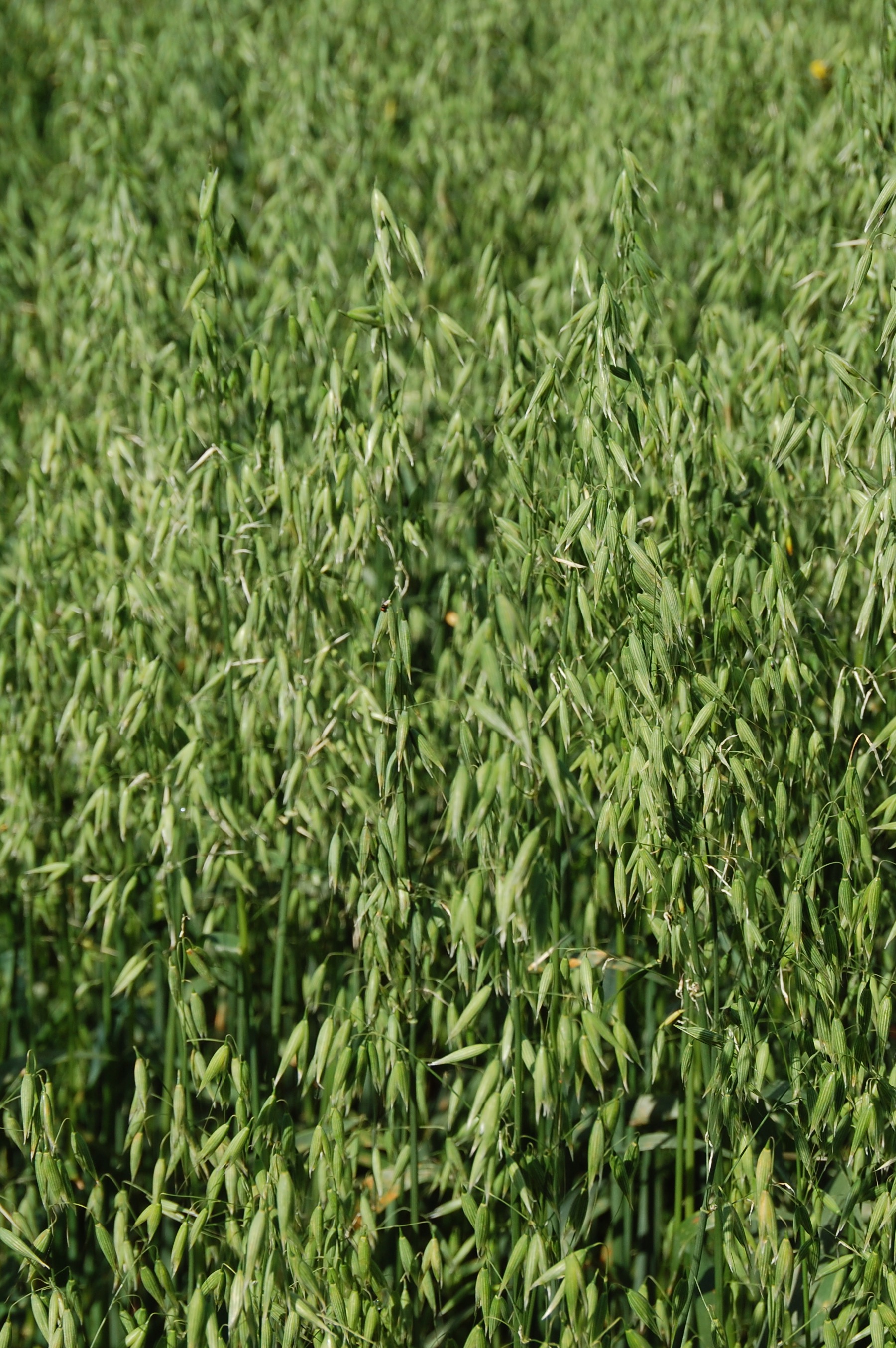
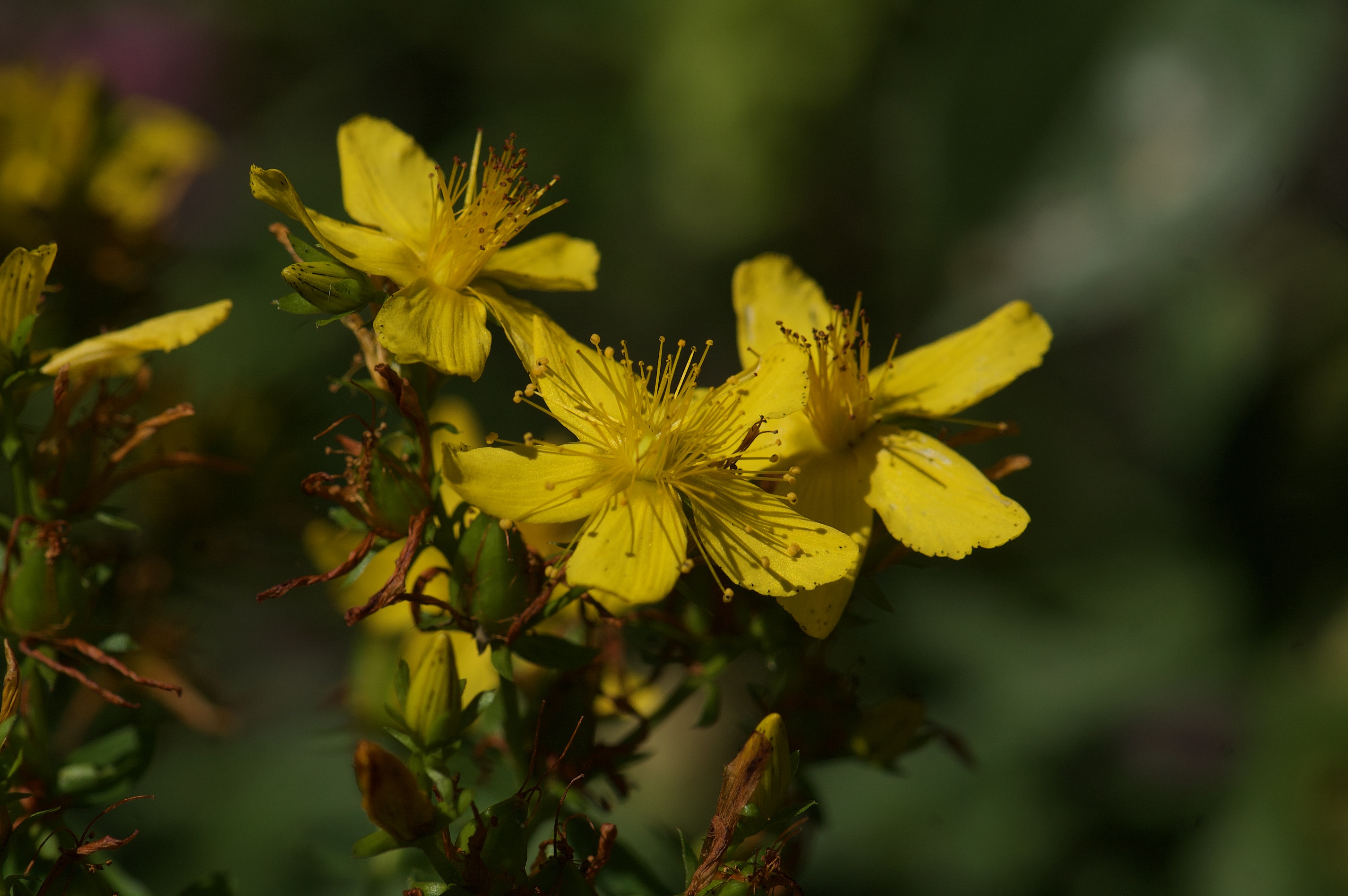
Rosemary, Oats and St. John’s Wort
And maybe the best advice of all is just to go gently with ourselves. I’m not usually one for making New Year’s resolutions but several people asked me this year if I had made one so I started musing on it. My thoughts immediately turned to all the projects and ideas I have that are at various stages of completion and how much I want to progress with them all this year. Feelings of overwhelm immediately started to arise and, just like that, I had my New Year’s resolution. This year I will be kind to myself. I will be kind to myself if I finish my projects but I will equally be kind to myself if I don’t. If will be kind to myself if I live up to my ideals of being a wonderful mother and friend/ compassionate listener/ great herbalist/writer/ illustrator/ useful member of society but I will equally be kind to myself if I don’t.
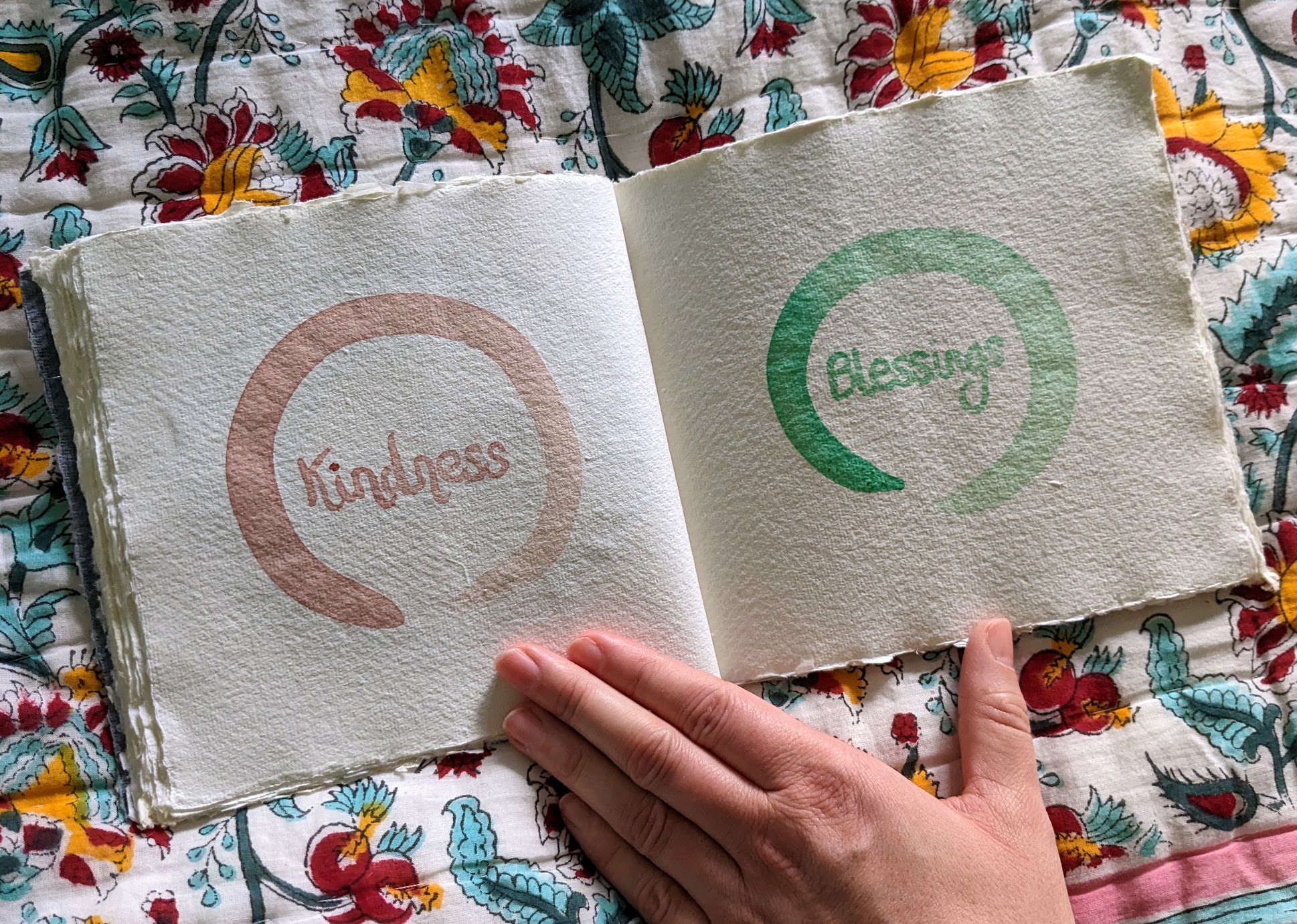
Words for the year in my Enso sketchbook
How would it be to be truly, deeply, whole-heartedly kind to ourselves right now? To think of all our resolutions and hold them lightly, with purpose but with gentleness too. To embrace all the aspects of ourselves we fixate on being ‘better’ This doesn’t mean we shouldn’t change or should stay stuck in negative patterns, it’s more an invitation to embrace the moment and ourselves within it, exactly as we are, to still the mental struggle. To stop giving our allegiance to thoughts of not enough-ness and give them instead to aliveness, to awareness, to freedom.
One project I did manage to complete last year is my little hawthorn book. So much gratitude to those who have already purchased a copy! Here are a few photos from the book which are available in my Etsy shop here.
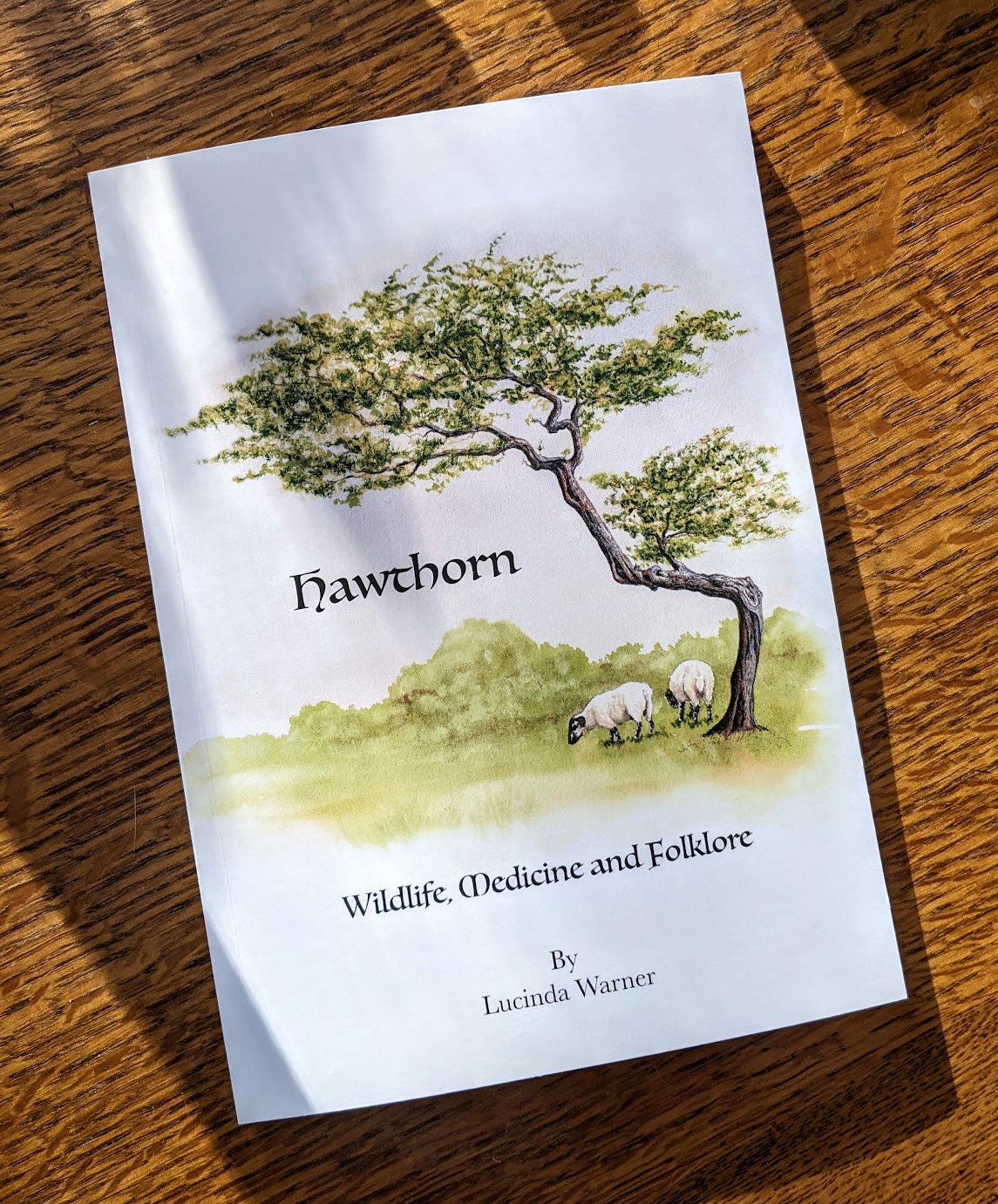
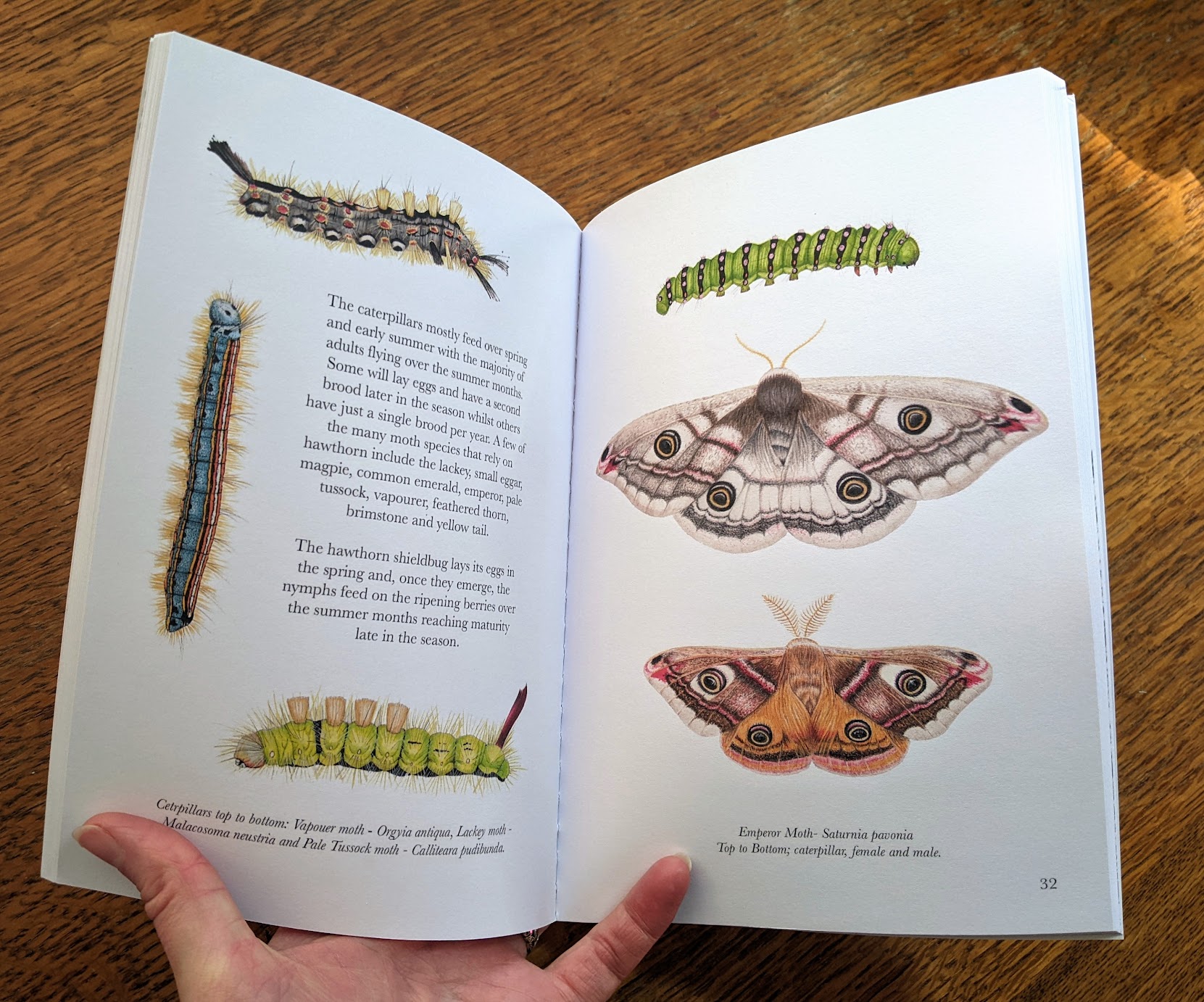
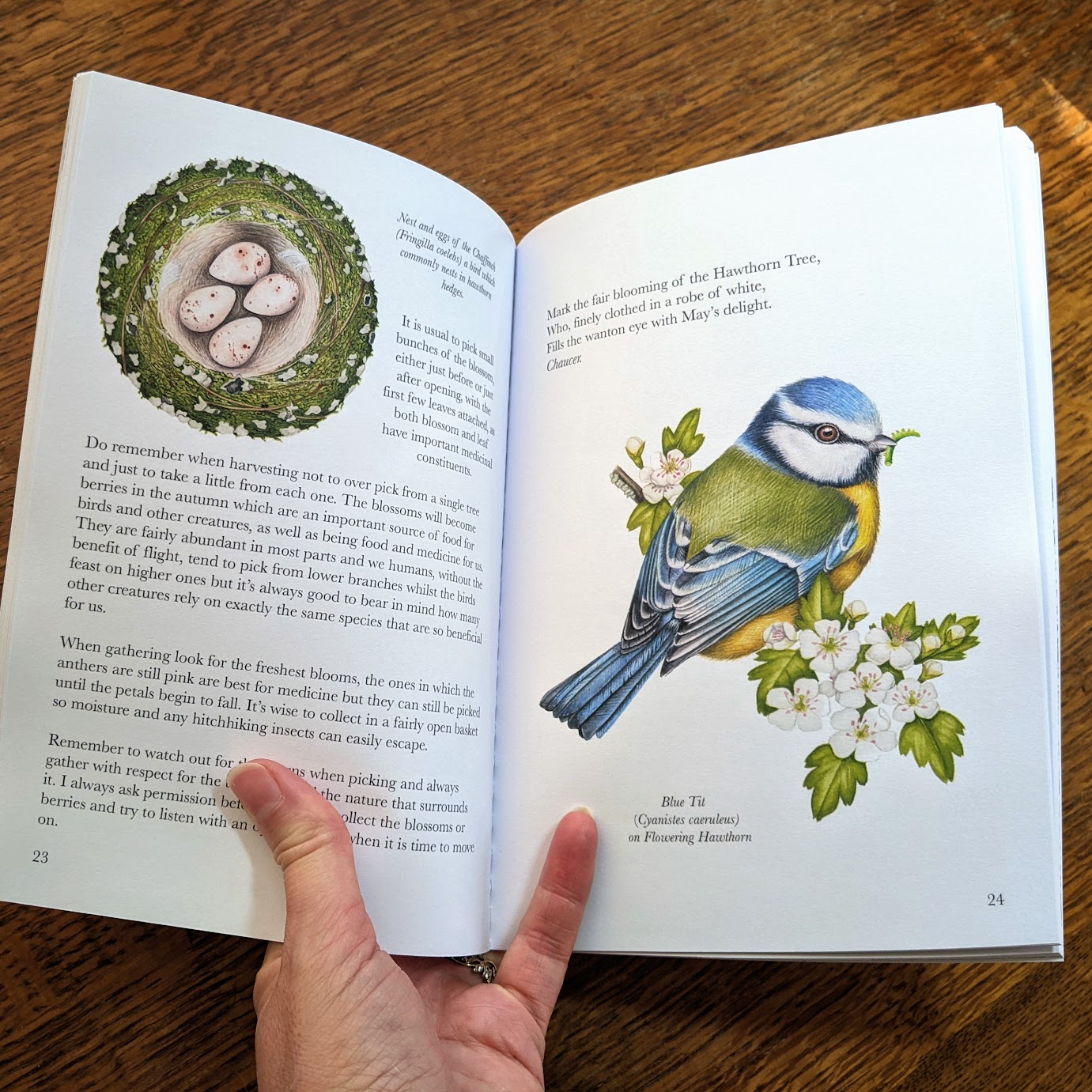

Wishing everyone a joyful New Year full of blessings, kindness and magical moments.
